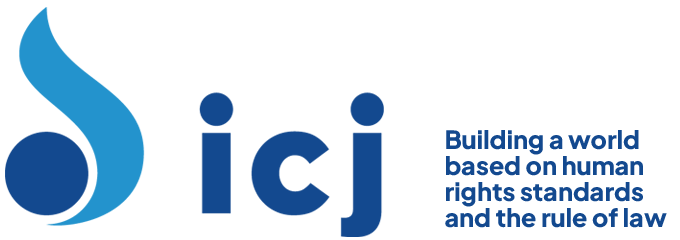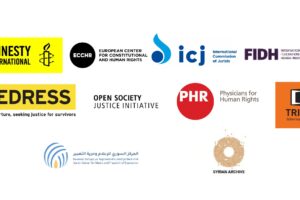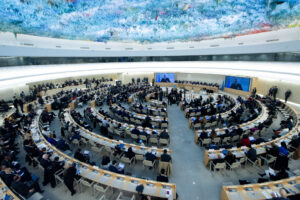III. Restrictions on the death penalty
C. Most serious crimes
1. Background
36. The Commission on Human Rights and the Human Rights Committee have determined that the following offences do not meet the “most serious crimes” threshold: abduction not resulting in death (CCPR/CO/72/GTM, para. 17), abetting suicide (A/50/40, para. 449), adultery (CCPR/C/79/Add.25, para. 8), apostasy (CCPR/C/79/Add.85, para. 8), corruption (CCPR/C/79/Add.25, para. 8), economic crimes (CCPR/C/79/Add.1, para. 5; CCPR/C/79/Add.25, para. 8), the expression of conscience (resolution 2005/59 of the Commission on Human Rights, para. 7 (f)), financial crimes (ibid.), embezzlement by officials (CCPR/C/79/Add.85, para. 8), evasion of military service (CCPR/C/79/Add.84, para. 11), homosexual acts (CCPR/C/79/Add.85, para. 8), illicit sex (ibid.), sexual relations between consenting adults (resolution 2005/59 of the Commission on Human Rights, para. 7 (f)), theft or robbery by force (CCPR/C/79/Add.85, para. 8; CCPR/CO/83/KEN, para. 13), religious practice (resolution 2005/59 of the Commission on Human Rights, para. 7 (f)) and political offences (CCPR/C/79/Add.101, para. 8). The Committee has also found that drug-related offences do not qualify (A/50/40, para. 449; A/55/40, para. 464).
2. Interpretation
(a) International nature of the norm
38. As part of an international treaty, the term “most serious crimes” should be understood as an international standard applicable to all States. States cannot claim compliance with article 6 (2) merely because the crime is seen as serious in their specific context. This consideration rules out such moral crimes as apostasy and homosexual conduct. In most countries these are not crimes at all, let alone viewed as “most serious crimes”. Inasmuch as an international standard is meant to reflect international consensus, it is noteworthy that several States are questioning the appropriateness of using the criminal law model for drug control.
Link to full text of the report: Report-SREJE-2012-eng




